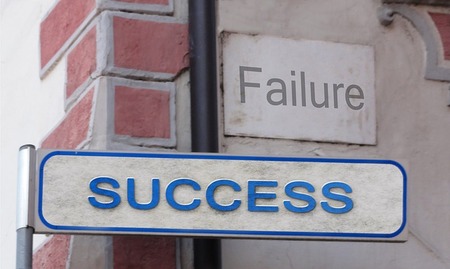
Few things are more tedious than sitting through yet another team meeting with no real purpose and no real results. These impotent gatherings are serious time-wasters for the average employee, but the implications are even worse for the team leader who allows them to keep happening week after week.
If you establish a reputation as a leader who's willing to dilute responsibility, delay decisions, and repeatedly waste employees' time, that will bleed over into team members' morale and the work culture as a whole.
Put simply: The way a person runs meetings says a lot about the way he or she runs a company. Improve meetings, and you're likely to improve the whole business. Here's how to get it done.
1. Establish an objective.
If it's not possible to clearly define the purpose for a meeting, then don't hold one. Before scheduling a meeting, determine what it should accomplish and your metrics for success. The best meetings are often structured around S.M.A.R.T. goals -- those that are specific, measurable, achievable, results-focused, and time-bound. It can also be helpful to think about what category the meeting falls into -- is it for short- or long-term planning, brainstorming, education, or something else?
After getting clear about your objective, make sure everyone in attendance is aware of the meeting's purpose before showing up -- that way team members will come prepared to uphold the desired outcome. Create an agenda and a timeline for the meeting, distribute these materials in advance, and stick to the plan.
Up the ante by verifying that everyone in attendance is starting the meeting with a clear understanding of its mission. Vice President of American Express Christopher Frank suggests opening the meeting by asking each person to articulate its purpose in five words or less. If people struggle to do so, that's a sign the objective wasn't clearly articulated in the first place. Get everyone on the same page before getting down to business.
2. Designate key players.
Showing up to meetings shouldn't be some kind of weird popularity contest. If someone doesn't have input on a given topic, they shouldn't be there. Google's leadership knows this; they almost always cap meetings at 10 people in order to ensure that everyone who attends a meeting plays an active role in its outcome.
Every meeting should also have a designated decision-maker, or what Apple refers to as a "directly responsible individual" (DRI). At Apple, the DRI's name is included on the agenda so everyone knows who's in charge of the meeting's outcome. Action items created during the meeting are each assigned to a DRI, as well. This is a great way to hold everyone accountable and make sure conversations get converted into action.
3. Use data to drive decision-making.
Important decisions shouldn't be based on internal politics or personal preferences. Instead, make the idea approval process as scientific (and un-personal) as possible, a la Yahoo CEO Marissa Mayer.
Mayer discourages phrases such as "I like" in meetings, and instead encourages participants to provide clearly defined metrics that support a position. This retains the focus on the company's customer base as opposed to internal relationships.
4. Prepare for failure.
If the meeting relates to developing or launching a new product, service, or work structure, business guru Guy Kawasaki recommends imagining a scenario in which the initiative failed and listing out all the possible ways this might happen. Then create a list of action items that will prevent these situations from becoming a reality, and assign DRIs to each one. This will reduce the chances of having to hold a meeting about what went wrong a few months down the road.
5. Be a role model.
As the leader of a meeting, it's your job to model the ideal meeting culture. Listening, embracing feedback, being honest, and admitting mistakes can all boost morale and create a healthy work culture.
Also be sure to press for closure on each agenda item. Each item should be addressed efficiently but also thoroughly enough that everyone in the room is clear about what's been decided and who's in charge.
Finally, it's likely you'll be called upon to model appropriate responses to a teammate who's a bit too fond of the spotlight. It's the leader's job to re-focus the team on the agenda and take note of any issues that need to be addressed at a later date.
6. Follow up.
Within 24 hours of a meeting, issue a memo outlining what was accomplished, who attended the meeting, what tasks were assigned, and the deadlines for those tasks. This will nix any last risk of confusion about who should get what done.
By transforming a business' meeting culture, you can imbue the entire company with a mindset of accountability, efficiency, and productivity. Finally -- a reason to get excited about meetings.



